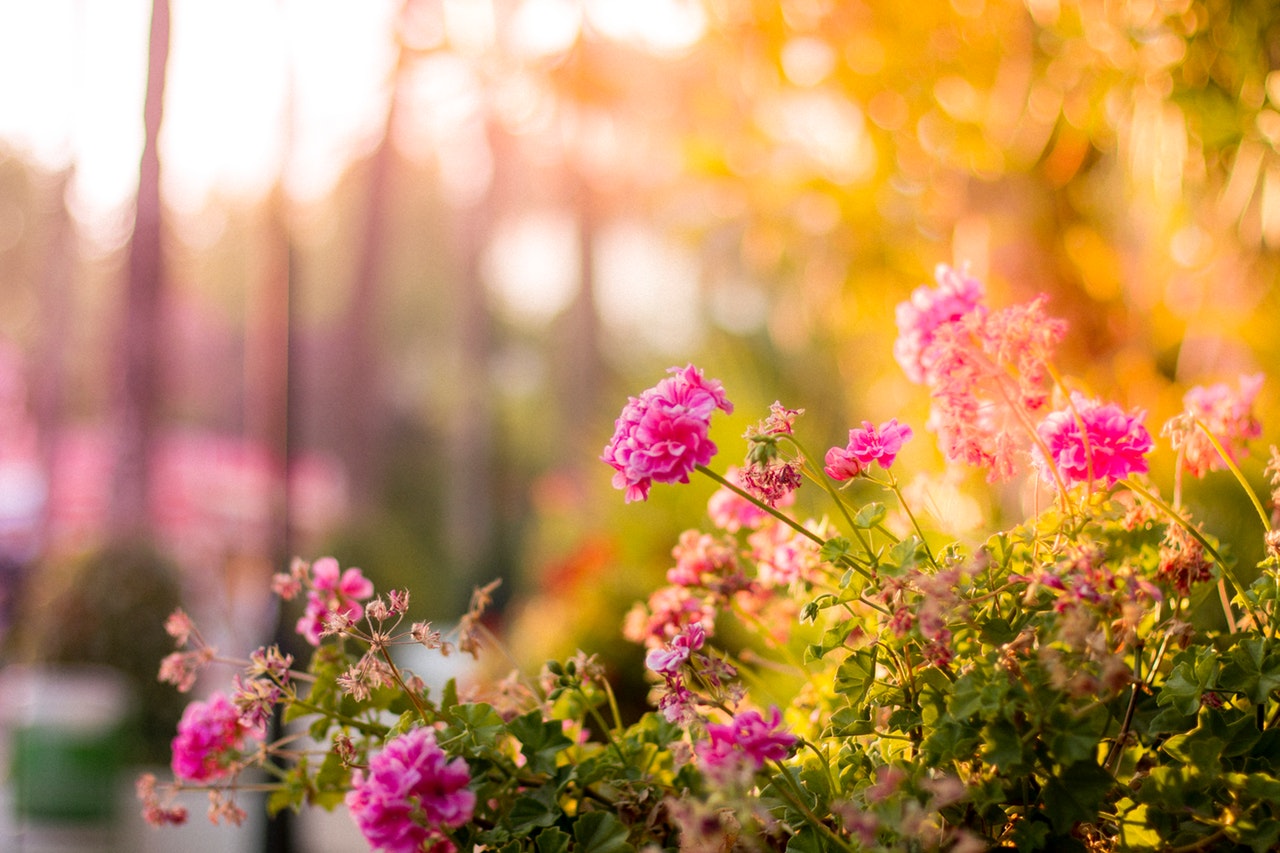“Show me your garden and I shall tell you what you are,” Alfred Austin, the English poet, once wrote. What would your garden say about you?
Interest in gardening and landscaping has been making a comeback as Americans look for ways to reinvigorate their outdoor space. Are you interested in adding more color and better design to your yard? Here are 12 easy tips to keep in mind for better landscaping designs.
1. Don’t Do it Helter-Skelter
When gardening or landscaping looks less than ideal, it’s often because people plant trees and shrubs one at a time to replace open spaces. Instead, it’s better to start from scratch and plot out your yard so that you can account for plant growth, height, color and more. You can buy or find landscape designs online, or you can consult with a local landscaper.
2. Incorporate More Than Just Plants
When we think about landscaping, our minds tend to jump to the green stuff. In reality, though, landscaping is also about rocks, mulch and various eye-catching additions. Landscaping stones, for example, can be useful for creating visual interest, and also creating less demand for water — about 30% of a household’s water is used outdoors.
3. Consider the Window View
People often plan their landscape from the perspective of standing and observing the lawn. But think about it — a good majority of viewing your backyard might actually come from standing inside. Does the view look good from there?
4. Know Your Plants
According to HGTV, a common mistake many beginning gardeners make is planting too deeply — many assume that the “more soil, the better.” In actuality, this can basically “choke” plants, especially trees, by making it hard to receive air and because it can encourage root rot. Similarly, take into account recommended spacing and sunlight, as well as expected growth.
5. Designing Unique Focal Points
Put down that garden gnome and start thinking about interesting, attractive ways to revamp your garden. One idea is to use stones and decorative sand to create an Eastern-style sand garden. These gardens can be raked for meditative purposes. It can add an interesting decorative touch to any lawn, and help establish a sense of tranquility.
6. Use the Right Plants
Choose plants that thrive in your local climate and soil conditions. Consider factors such as growth rate, maintenance requirements, and seasonal interest. Group plants with similar needs together for easier maintenance.
7. Incorporate Hardscaping
Hardscape elements such as patios, walkways, and retaining walls can add structure and functionality to your landscape. Choose materials that complement your home’s architectural style and color scheme.
8. Utilize curves and lines
Incorporate curves and lines in your design to create movement and visual interest. Soft, flowing curves can create a sense of relaxation, while straight lines and angles provide a more formal appearance.
9. Plan for growth
Keep in mind that plants will grow and change over time. Allow for adequate space between plants, and consider how they will look at maturity. This can prevent overcrowding and maintenance issues in the future.
10. Layer your plantings
Arrange plants in layers, with taller plants in the back and shorter ones in the front. This creates depth and visual interest in your landscape design.
11. Add lighting
Landscape lighting can enhance the beauty of your outdoor space and provide safety and security. Use a mix of ambient, task, and accent lighting to create a balanced and inviting atmosphere.
12. Maintain your landscape
Regular maintenance is crucial for keeping your landscape looking its best. Develop a routine for pruning, weeding, and watering to ensure your outdoor space remains healthy and attractive. Be sure to add mulch and topsoil as your landscape needs it.

